The first edition of Dungeons & Dragons was published in 1974, and the game offered an impressive array of various monsters and creatures for brave adventurers to fight and defeat. While many originated from common fantasy tropes and legends, some were original creations from the dreams or nightmares of the writers and developers.
From cunning devils, to various magical beasts, to unimaginable Lovecraftian horrors, the beloved TTRPG lets players and Dungeon Masters alike enjoy an enormous menagerie of mythical creatures and beings. Certain monsters managed to garner much more attention than others, becoming iconic in their own right, and rightfully claiming their legendary status among collective storytelling enthusiasts.
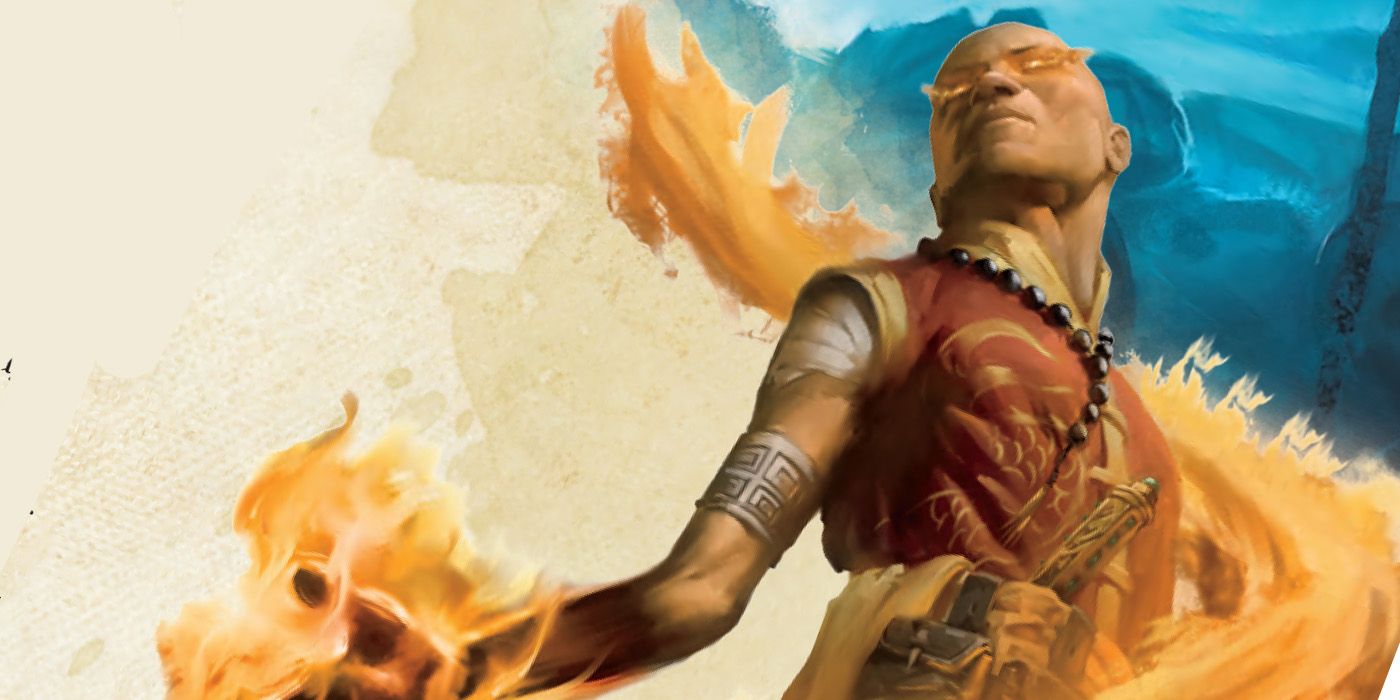
Related
Dungeons And Dragons: Best Metamagic Options To Use
Metamagic spells can help turn things around during an encounter, but some are better than others.
Updated November 30, 2024, by Kristy Ambrose: There are plenty of famous named monsters in D&D lore. Characters like the Lich Vecna and the massive dragon Themberchaud have made appearances in various modules and campaigns. However, those are high-level monsters for characters with similar epic skills, and players have to work through the lower-level beasts first. How tough the ordinary monsters are to defeat is ultimately up to the Dungeon Master, but most of them are practice for the big bosses waiting at the end of every campaign.
12 Hag
Variations Include Sea, Night, and Green
- Hit Points: 83
- AC: 17
- Skills: Arcana, Deception, Perception, Stealth
While the idea of an “old witch of the village” is by no means new, the D&D version has many aspects that make it unique and recognizable. The Hag has many terrifying qualities that over time have made it a very infamous opponent, making many players rightfully unnerved when encountered.
Hags are ancient dark fey beings, twisting and manipulating people as easily as magic. Their magical prowess manifests in powerful spells and incredibly potent potions. For them, the misery of people is their energy, and they use all of their wicked means to corrupt, despair, and destroy villagers and heroes alike, gleefully cackling along the way.
11 Giant
Abilities Vary Depending On Type
- Hit Points: 200
- AC: 14
- Skills: Insight, Perception
Giants have been a part of many folklore stories and legends, and the world of the Forgotten Realms is no exception. Giants are said to have inhabited it long before humans, being in many ways superior to them. Giants take their history and lineage incredibly seriously, passing on their wealth and wisdom, as well as grudges and quarrels down the succession line.
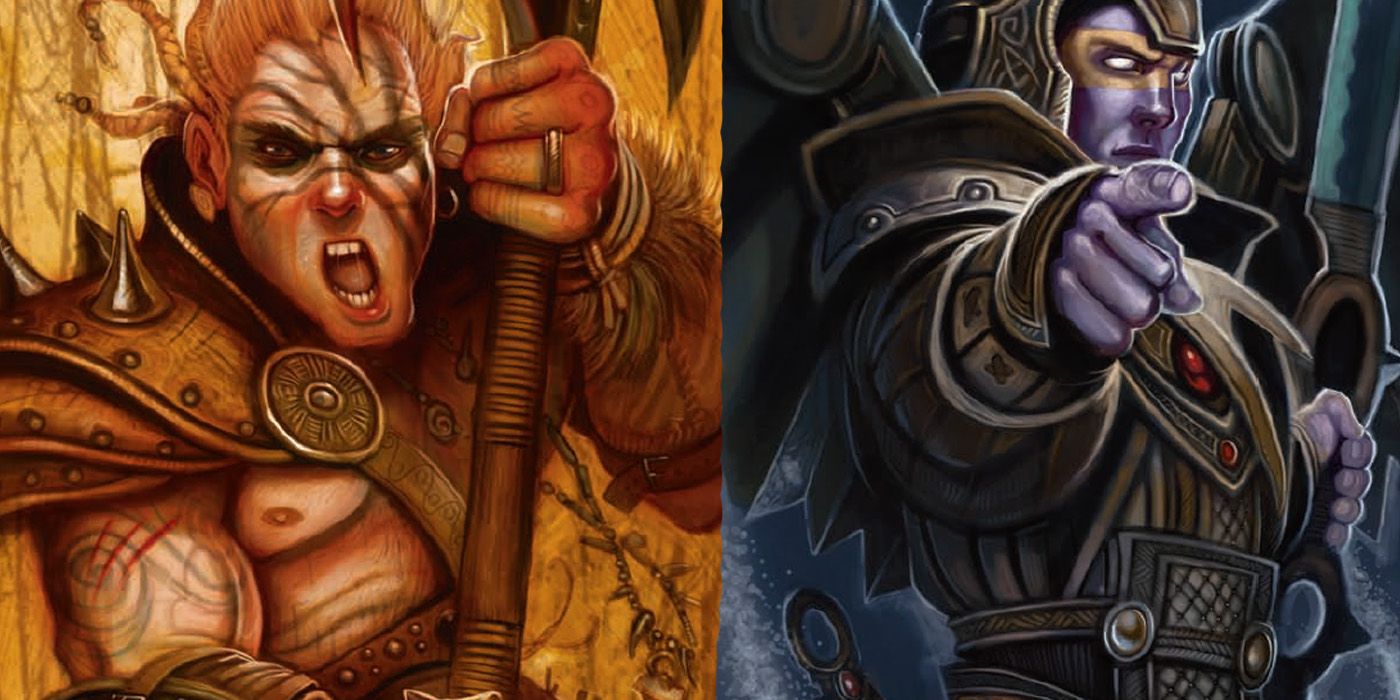
Related
Dungeons & Dragons: 23 Must-Get Battle Master Maneuvers
Playing a Fighter in Dungeons and Dragons comes with few caveats. However, playing a Battle Master well requires picking the right maneuvers.
Giants originate from Annam Allfather, the deity and creator of the Giant race as we know it. While the giants have many different varieties and kinds, their raw physical power can never be underestimated, as well as certain kinds’ high intelligence and aptitude for magic.
10 Lich
A Powerful Undead Foe
- Hit Points: 135
- AC: 17
- Skills: Arcana, History, Insight, Perception
It is hard to understate the impact and importance of the Lich, who is deservingly placed on the cover of the Dungeon Master’s Guide. While a semblance of the concept appeared in various books before, Lich as we know it today was brought to us by Gary Gygax with the first edition of Dungeons and Dragons.
A Lich is a powerful undead sorcerer, keeping their life source separate and hidden away. Usually, they were originally a powerful mage, who sought to achieve eternal life through undeath. Corrupted by dark magic, they are incredibly intelligent and powerful enemies to those who dare oppose them or are simply unlucky enough to be nearby.
9 Mephit
Variations Include Dust, Magma, Steam, and Ice
- Hit Points: 17-22
- AC: 10-12
- Skills: Perception, Stealth
Mephits are some of the lowest-level monsters in the D&D universe, and virtually every player has to fight at least a few of them to progress through the first few levels. The magma variation is the most common, but dust, steam, and ice can also make an appearance depending on the environment. Wizards, Sorcerers, and other magic users can summon one as a combat pet, but how powerful it is depends on the summoner.
The main weapon at the Mephit’s disposal is their claws, which have the same range as an unarmed melee attack and do 1d4 slashing damage. The Mephit does additional damage when it strikes, depending on the type. Magma and Ice Mephits deal fire and frost damage respectively, while the Dust type causes the Blindness condition. There’s even a danger in defeating this monster, which explodes in a Death Burst when the hit points reach zero. The specific effects depend on the type.
8 Tarrasque
A Gargantuan Monstrosity
- Hit Points: 676
- AC: 25
- Skills: Perception
Called The World Devourer by some, the Tarrasque is officially classified as a Gargantuan Monstrosity that can easily decimate an entire city without as much as noticing. Its origins are unclear, with some claiming that it was created by the gods to punish the mortals for their hubris, while others blame corrupt mages.
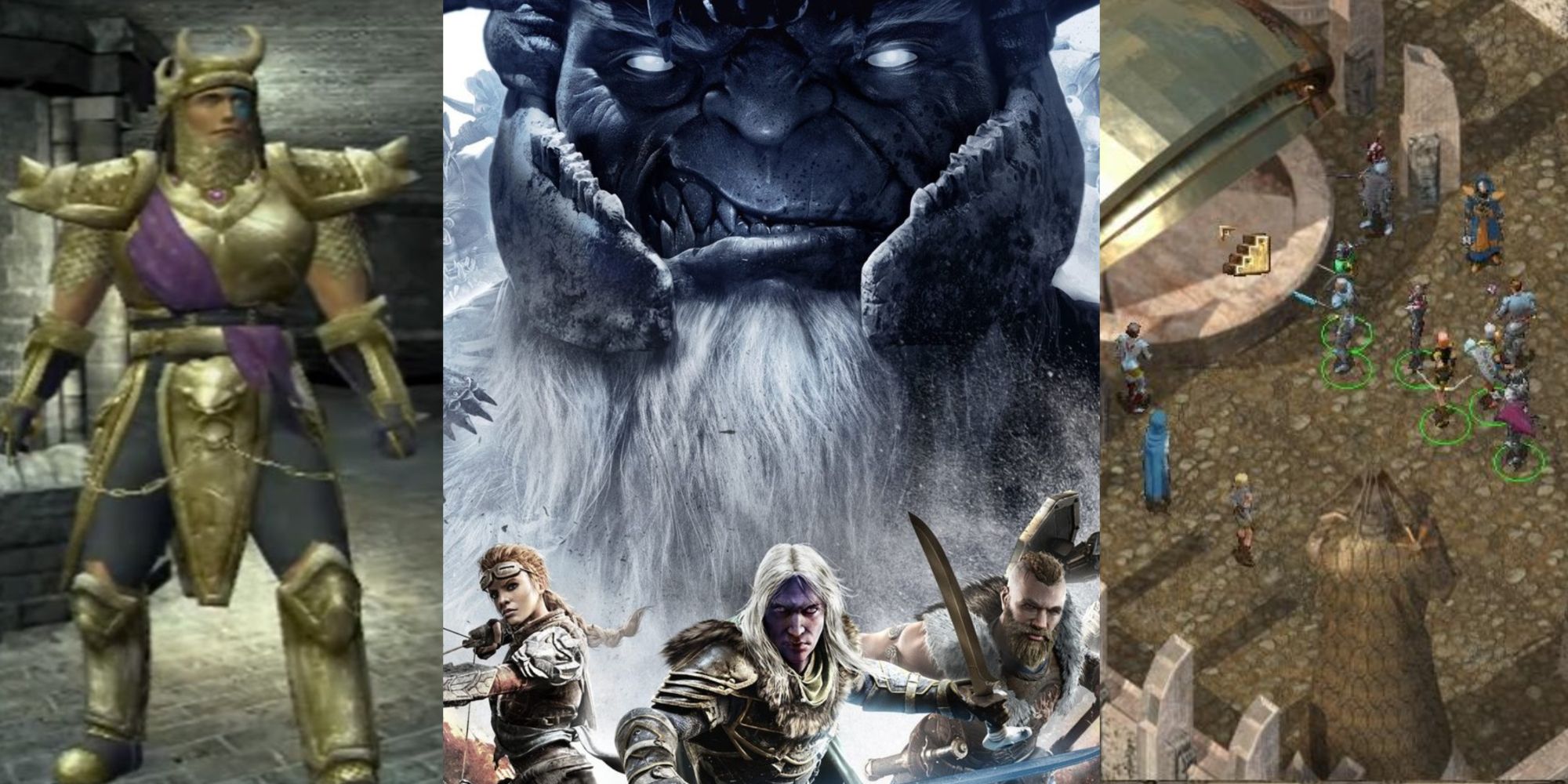
Related
Dungeons & Dragons: The Baldur’s Gate Games Listed In Chronological Order (Including DLCs)
Gamers interested in diving into the Baldur’s Gate franchise may want to know the chronological order of the games in the series.
Luckily, Tarrasques can slumber beneath the ground for eons, but should they wake, everyone on the material will be in incredible danger. Defeating them is nigh impossible, many great heroes have perished trying. The best chance a party of adventurers has is putting it back to sleep, in hopes that future generations find a suitable solution.
7 Mind Flayer
Powerful Psionic Abilities
- Hit Points: 71
- AC: 15
- Skills: Arcana, Deception, Insight, Perception, Persuasion, Stealth
Mind Flayers are also original Forgotten Realms creatures, and they got some more recent attention as main characters in Baldur’s Gate 3. They have powerful psionic abilities, allowing them feats such as telepathy, mind control, telekinesis, and much more.
Their origins are as mysterious as their ways, with some believing they came from the distant future, in the hope of preventing a world-shattering calamity. Others believe they came from an isolated dimension, surviving and thriving in the darkness. Their knowledge and technology pose many questions, and their relentless struggle toward total control is a danger to all living things.
6 Mimic
The Perfect Bait
- Hit Points: 58
- AC: 12
- Skills: Perception
Ever since their introduction in the first edition, Mimics have been adopted by many video games and movies, traumatizing players with their jump-scary nature. Aside from being able to perfectly “mimic” ordinary objects. Chests are the preferred shape to lure in greedy adventurers. They also have incredibly adhesive properties, leaving their prey next to no chance to escape their grasp.
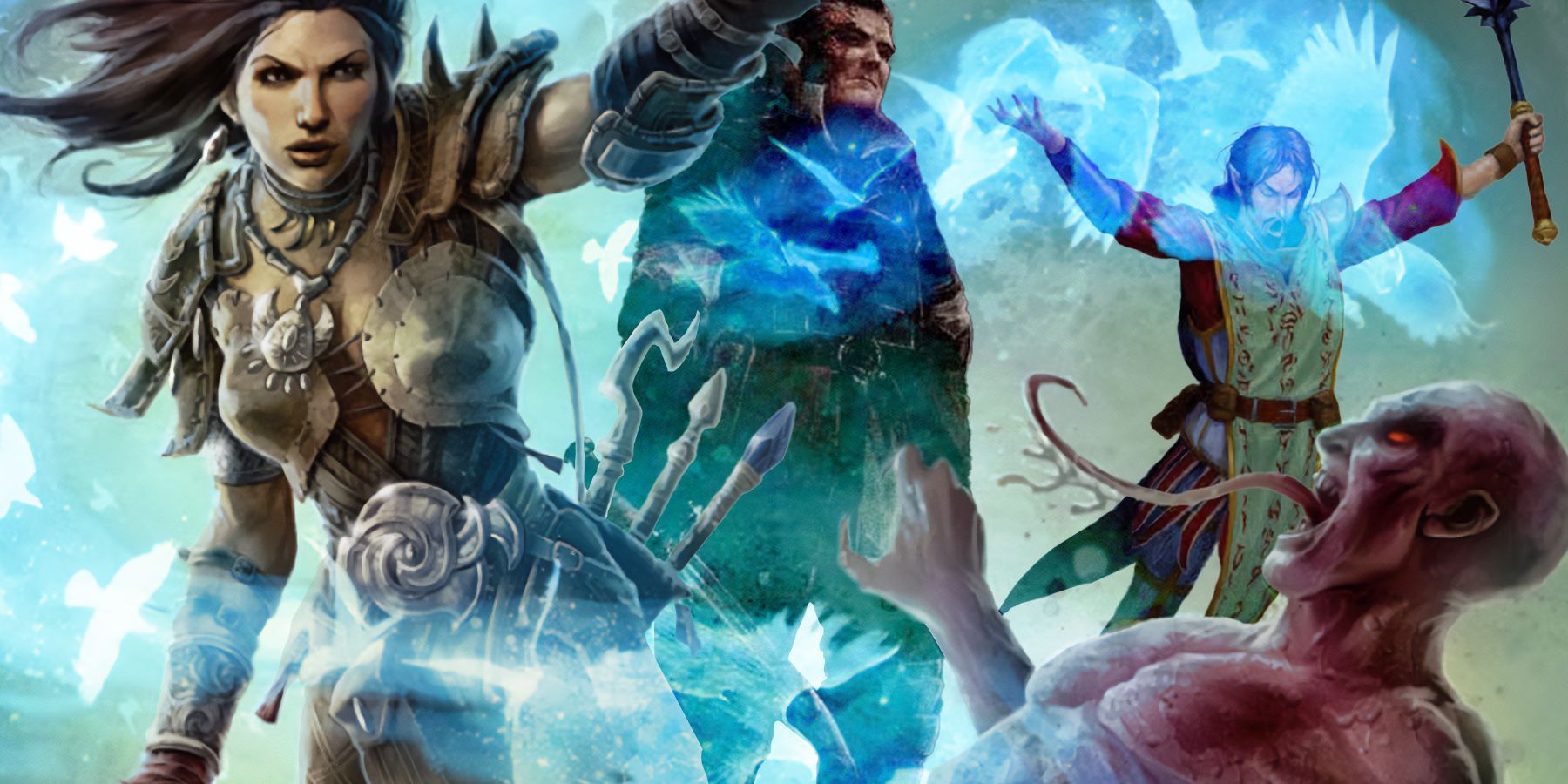
Related
Dungeons & Dragons: 24 Best Multiclassing Combinations
D&D’s multiclassing system brings in a ton of creativity and flexibility. These are by far the best combos for players interested in multiclassing.
Mimics were originally created by powerful wizards, presumably to protect their vast treasures from thieves and adventurers. No matter the original intention, they remain incredibly effective at hunting both people and animals and always leave quite the impression on players.
5 Owlbear
Ferocious, Adorable Monsters
- Hit Points: 59
- AC: 13
- Skills: Perception
Despite their ferocious nature and intimidating presence, Owlbears have always held a soft spot in many players’ hearts. After all, who could resist those giant cuddly feathered beasts? Their origin is unclear, with many blaming experimenting wizards, and some speaking of fey magic.
They are incredibly dangerous hunters, retaining the best qualities of their respective counterparts. They can be incredibly stealthy, quickly cover large ground using their enormous feathered paws, and deal devastating damage with their powerful claws and beaks. May the dice have mercy on those who dare mess with an Owlbear egg or cub, as the mother’s rage will know no bounds.
4 Ogres
Simple But Dangerous
- Hit Points: 59
- AC: 11
- Skills: Perception
This is another example of a common monster that’s often fodder for lower-level characters. Ogres don’t have a lot of special abilities or spellcasting skills, but they can still present a challenge. They can only use simple martial weapons, and often brandish spears and clubs when fighting enemies.
Ranged fighters have a better chance against ogres in a fight, since they are the most dangerous at melee range because of their Strength. One critical hit from an ogre might be enough to do some serious damage. This is by far their highest score, which is set at 19+, with other stats like Wisdom and Intelligence often in the single digits. This limits their ability to use magic, so if the party meets an articulate ogre in their travels, it’s a rare experience.
3 Gelatinous Cube
Part Of The Ooze Family
- Hit Points: 84
- AC: 6
- Skills: Perception
The Gelatinous Cube is a peculiar monster and has doomed many unsuspecting adventuring parties. They can be near-invisible in the darkness of dungeons, blending in the tunnels using their highly transparent nature, trapping whatever happens to walk into them inside.
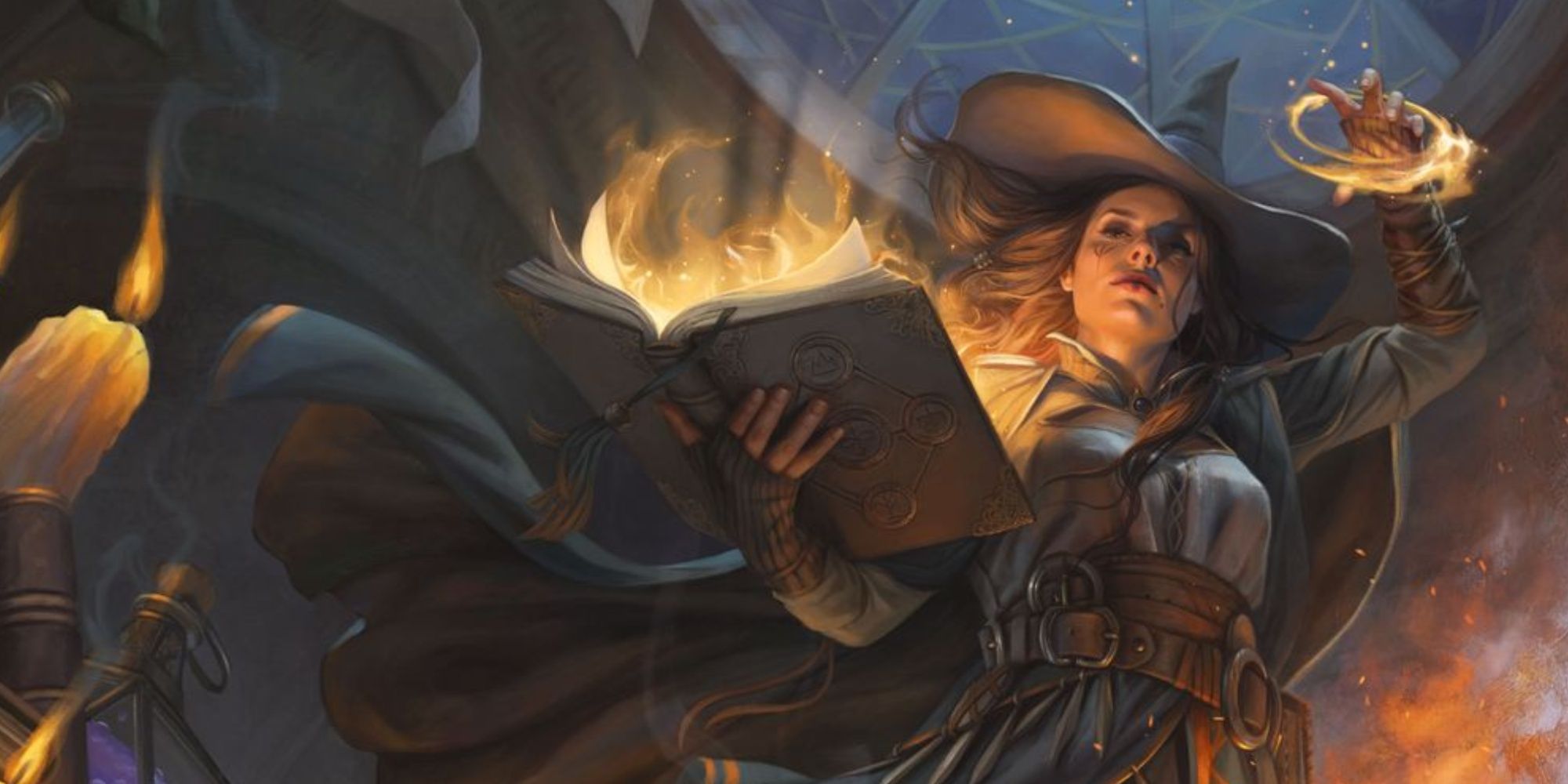
Related
Dungeons And Dragons: Magic Items Too Dangerous To Give To Players
The D&D universe is rich with dangerous magical items, some of which should never end up in the hands of players.
Fabled to originate from Juiblex, the demon lord of oozes, gelatinous cubes share familiar bonds with other Oozes. They are mindless predators that dissolve any organic matter, unfortunate enough to encounter them. They are also surprisingly strong and flexible, able to fit through the narrowest openings in search of their new hunting grounds.
2 Dragon
Various Kinds And Types Depending On Color Or Elemental Damage
- Hit Points: Varies widely depending on type
- AC: 16-22
- Skills: History, Perception, Persuasion, Stealth
It’s right there in the name. While, by no means original, the Forgotten Realms Dragons have incredible lore and variety among the element-breathing monstrosities, with many unique abilities. Aside from coming in many different colors and sizes, Dragons can use powerful magic and shapeshifting, on top of their enormous raw power.
Most Dragons are territorial by nature, however, their characters can wildly differ depending on their kind. Some enjoy the company of humans and their stories, while others prefer humanoids as their meals or servants. Despite the exact nature of an encountered Dragon, adventurers should always be extremely careful when dealing with one, lest they risk getting unceremoniously snacked on.
1 Beholder
Several Variants In Various Campaigns
- Hit Points: 180
- AC: 18
- Skills: Perception
Few monsters are as deserving of the first spot as the Beholder, who proudly sits on the cover of the original Monster Manual. The terrifying massive floating eye-monster holds immense power when it comes to magic, so much so that even its dreams can manifest and take a physical shape of their own.
They are incredibly intelligent, with some beholders manipulating entire nations and factions, such as the Xanathar in Waterdeep. Their ability to completely shut down magical effects and artifacts makes them even more deadly in a confrontation, and their many separate eye stalks can blast enemies with various rays that range from simple confusion, to complete disintegration.
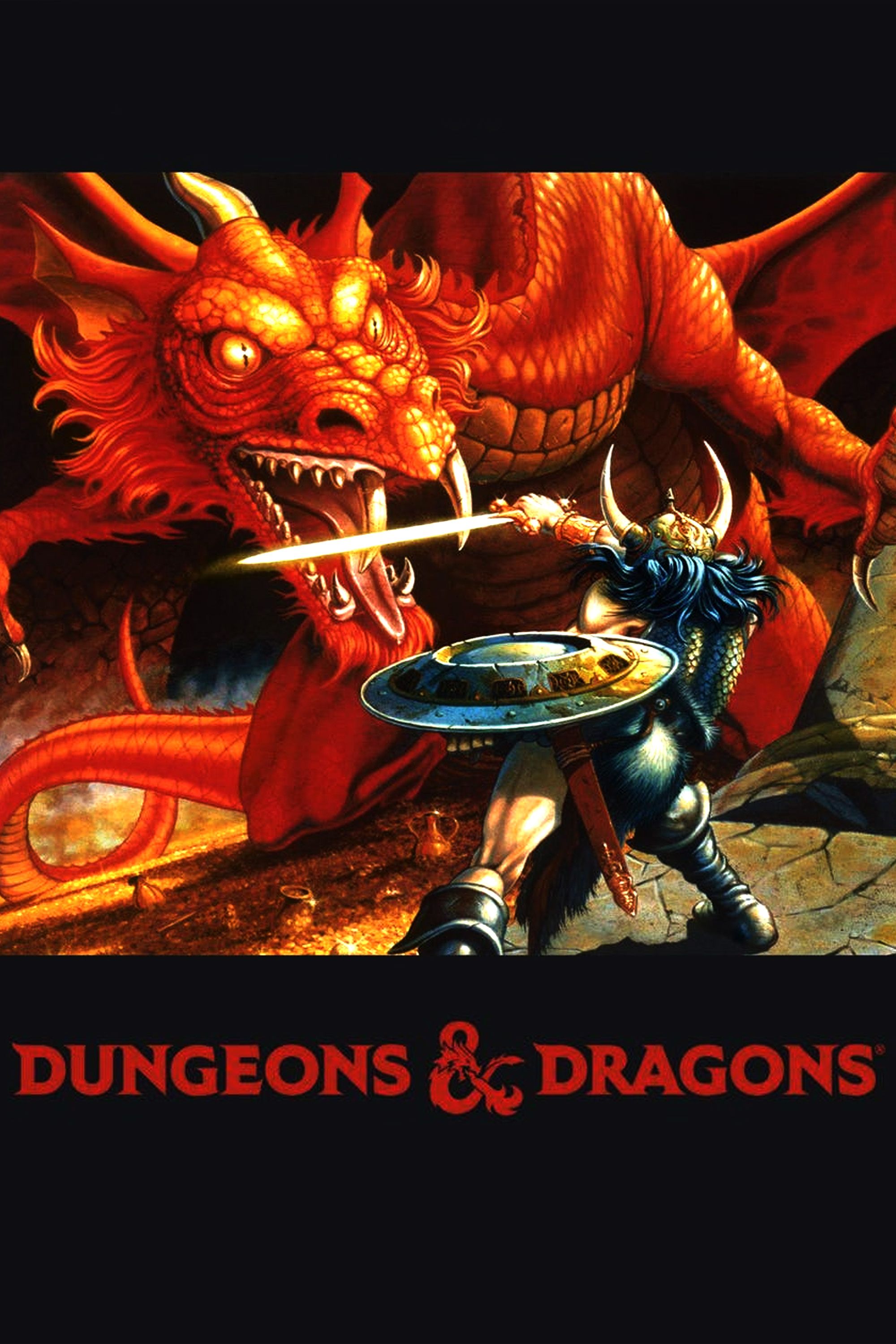
Dungeons and Dragons
- Franchise
- Dungeons & Dragons
- Original Release Date
- 1974-00-00
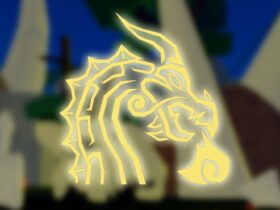
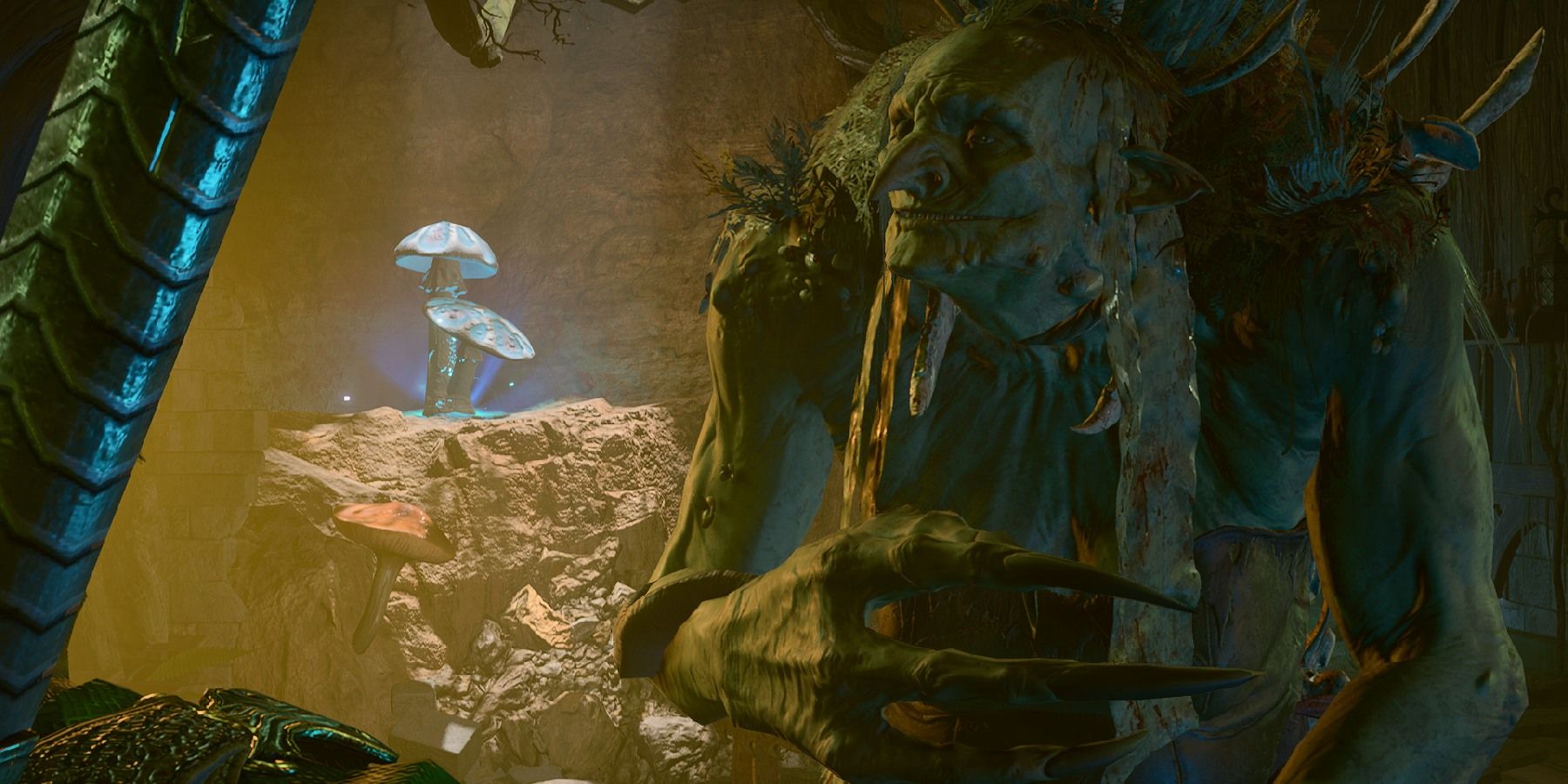
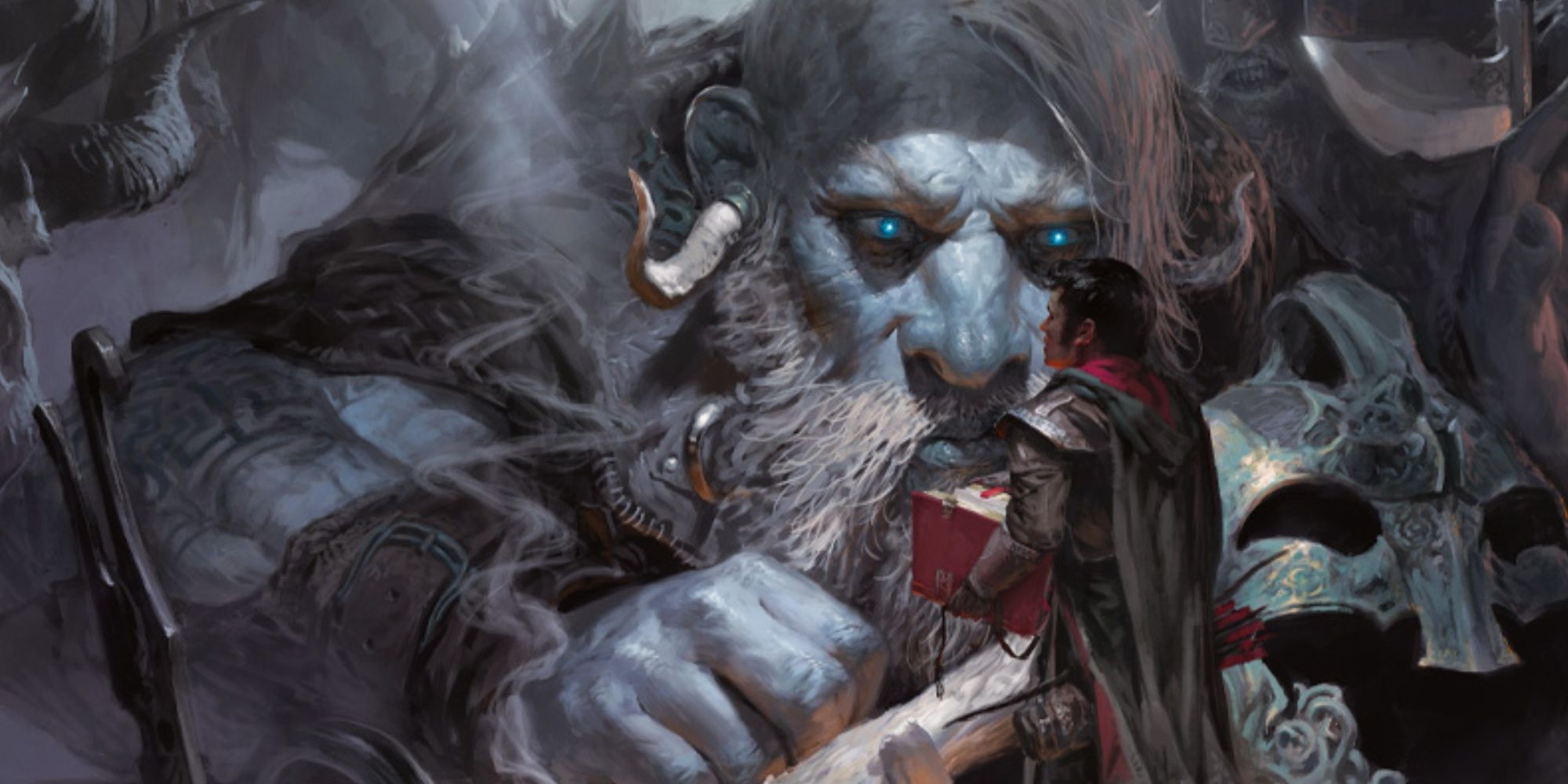
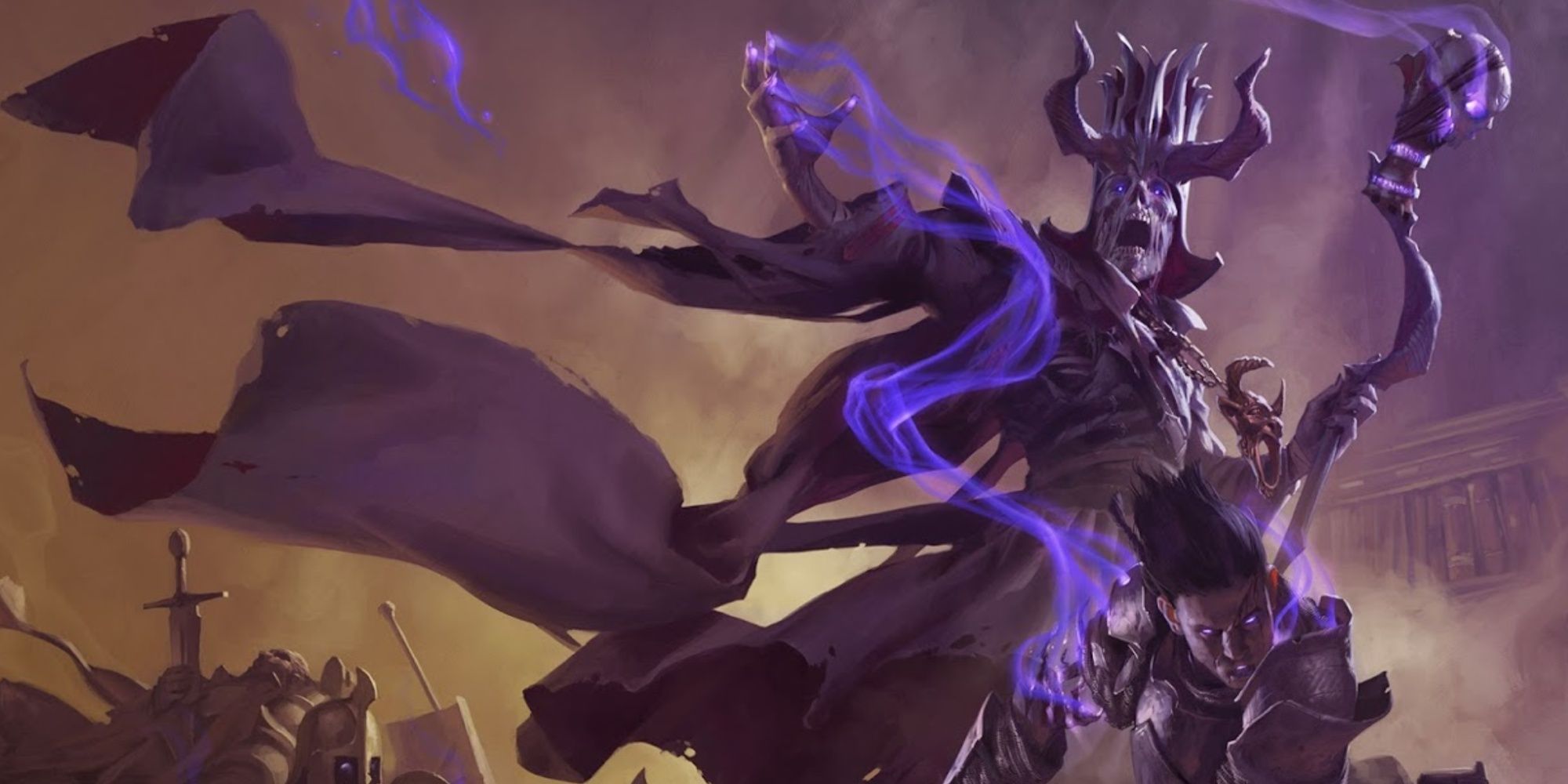
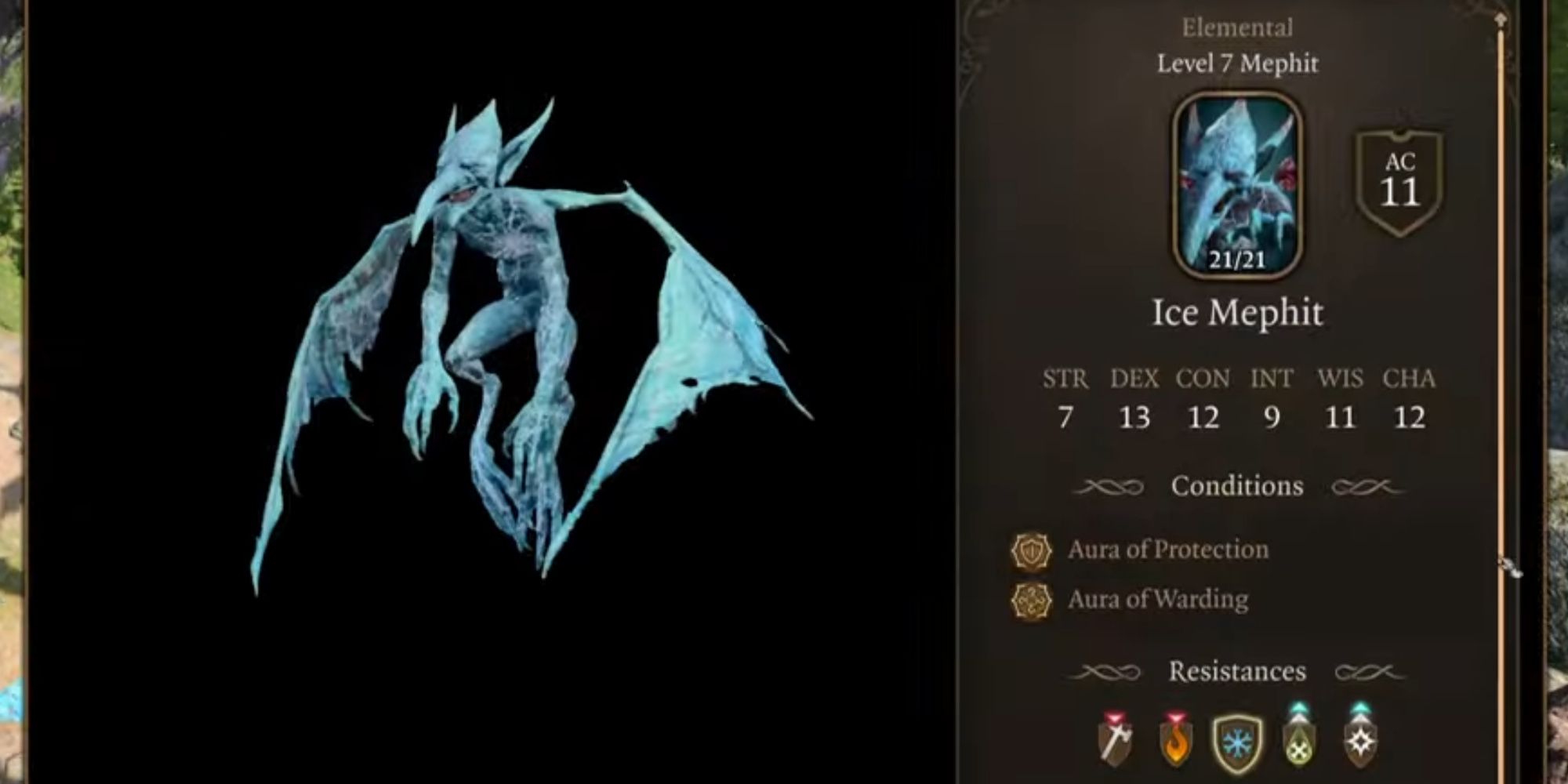
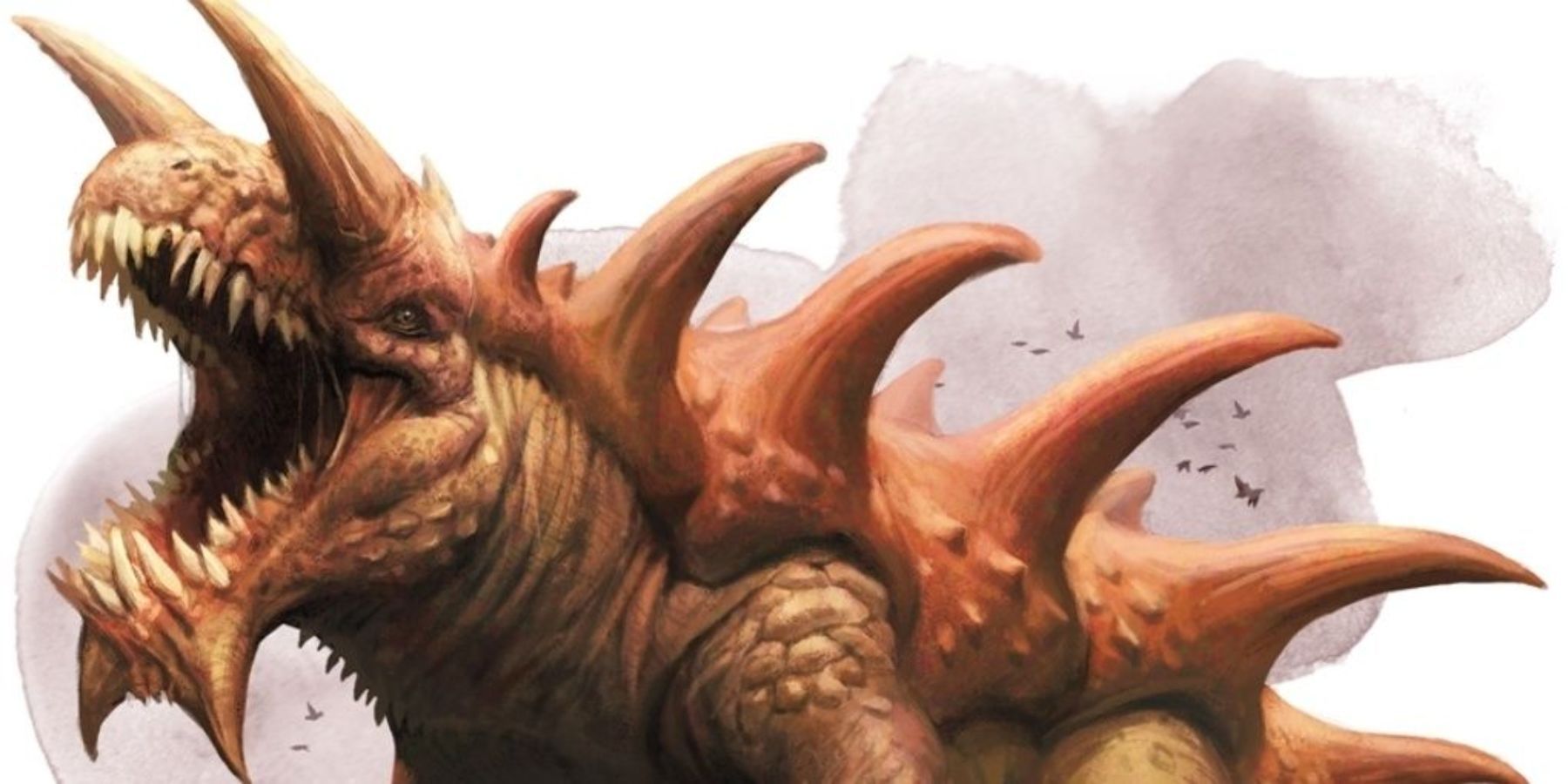
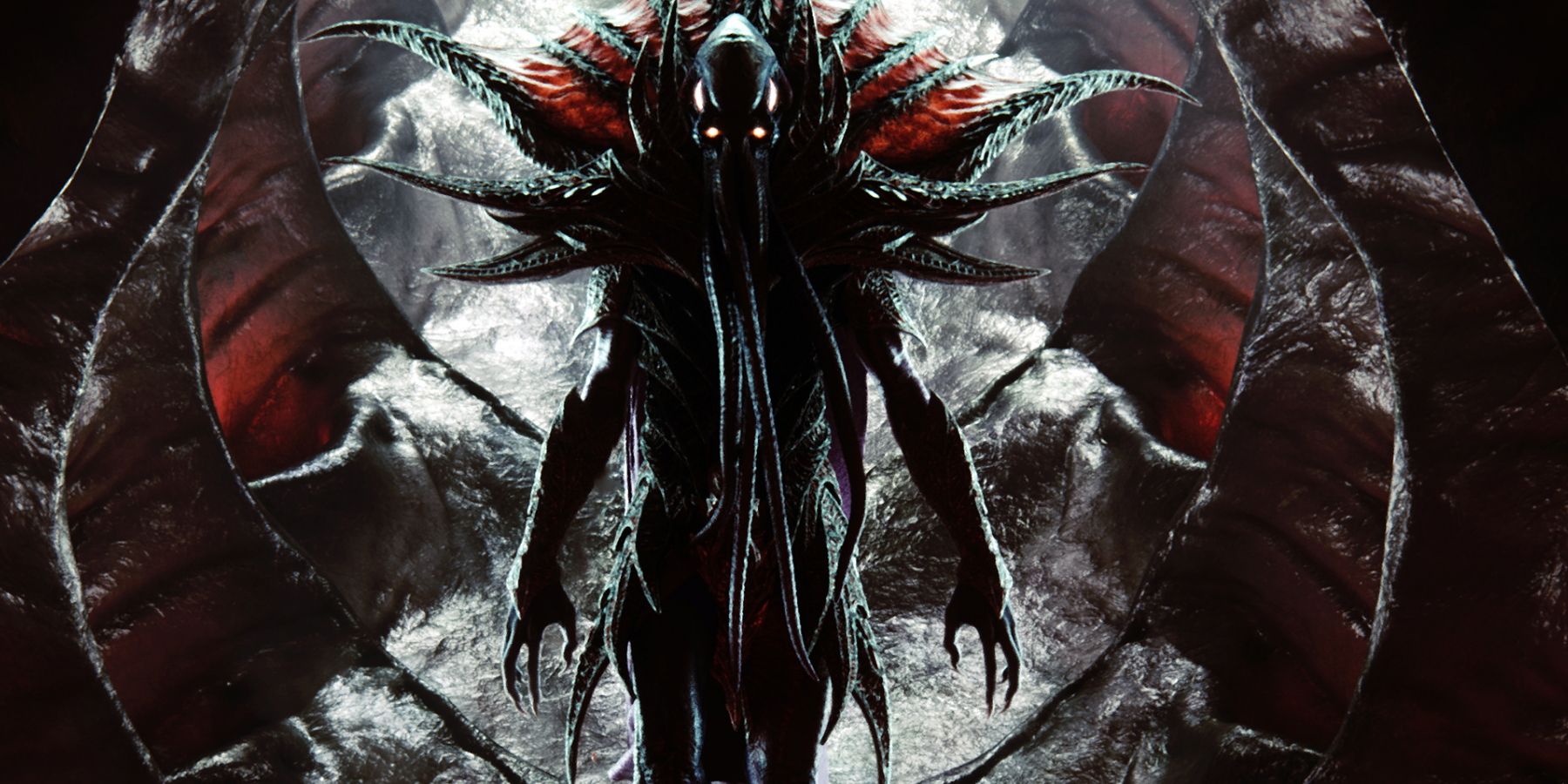
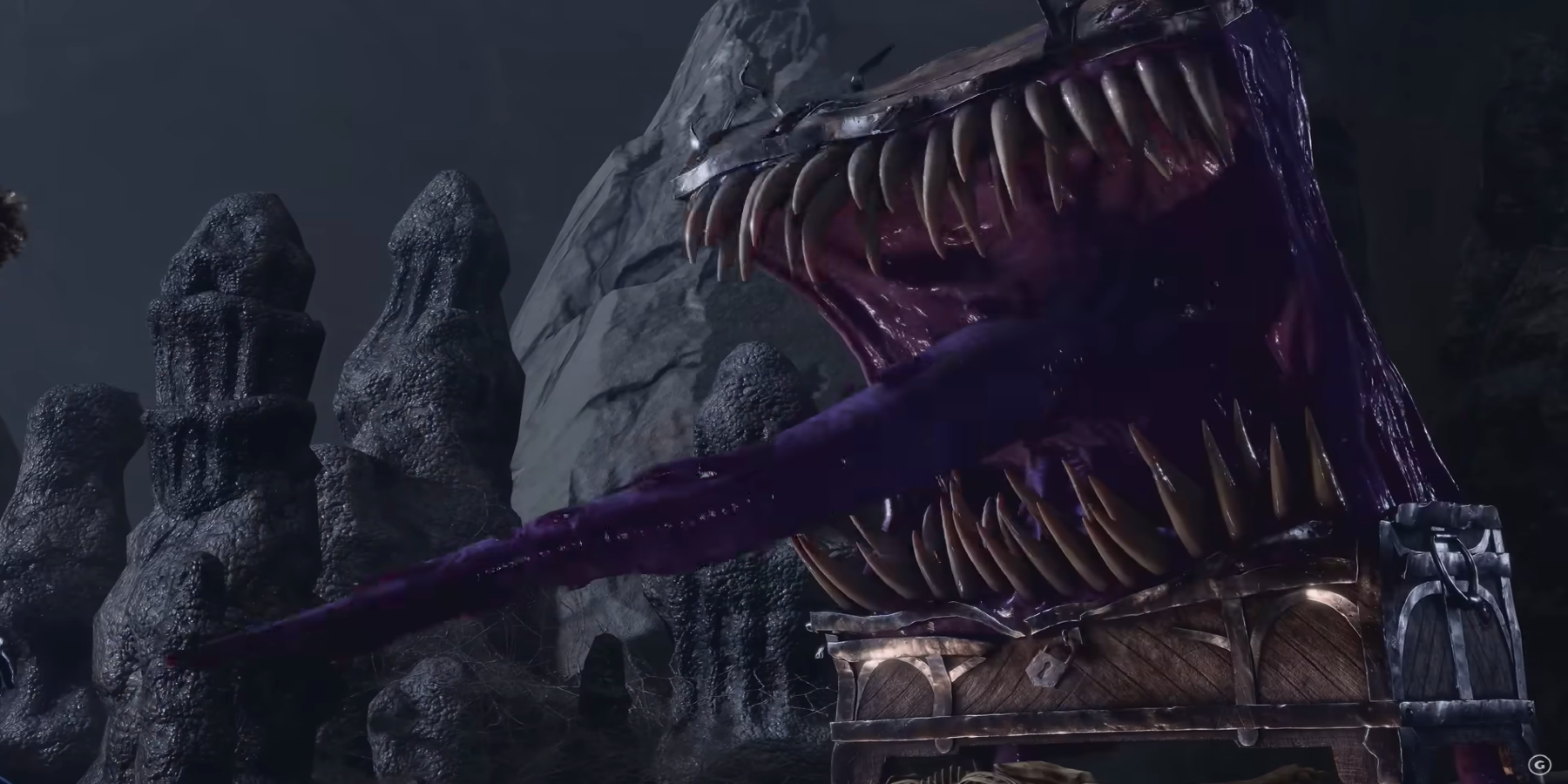
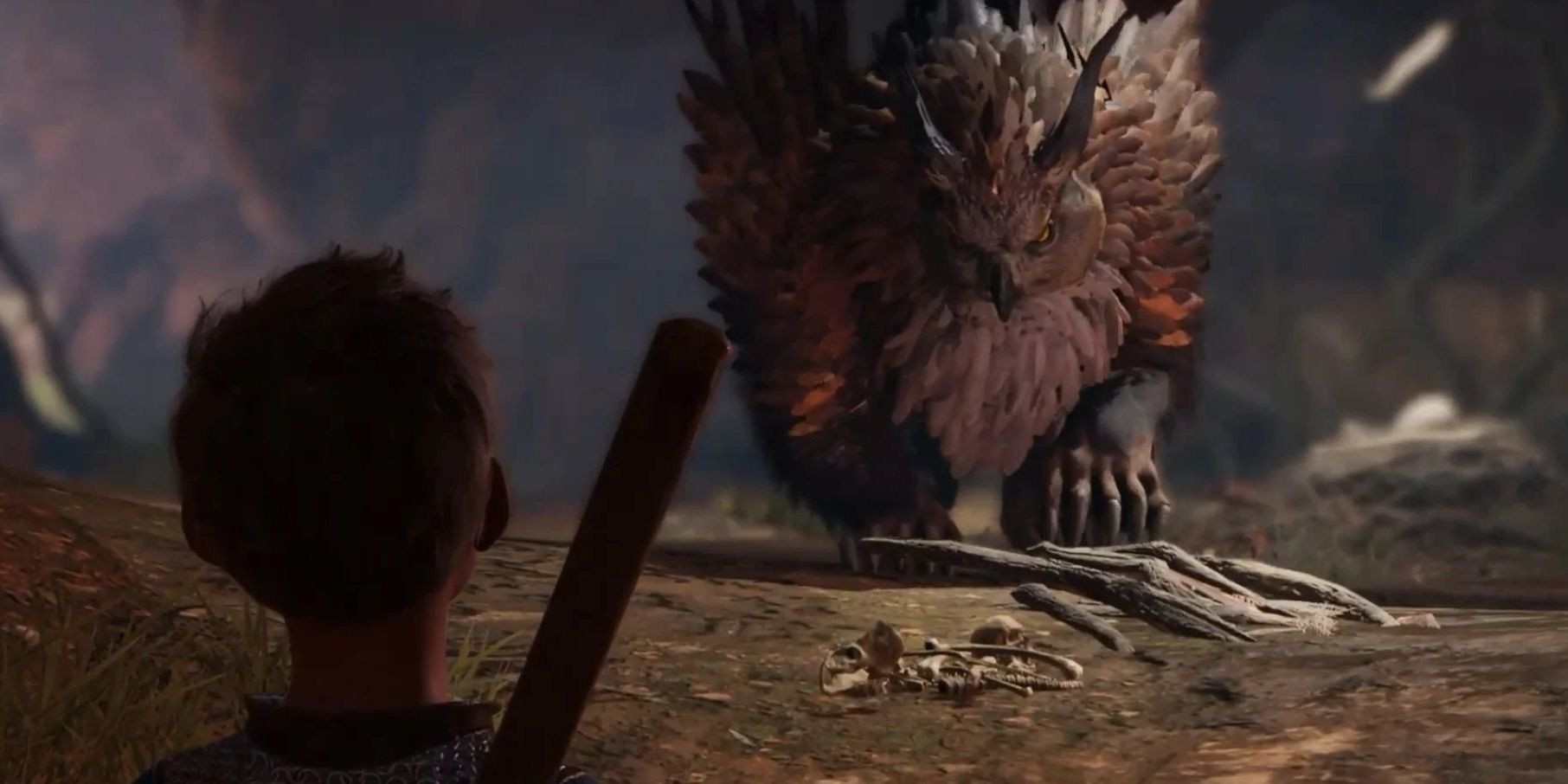
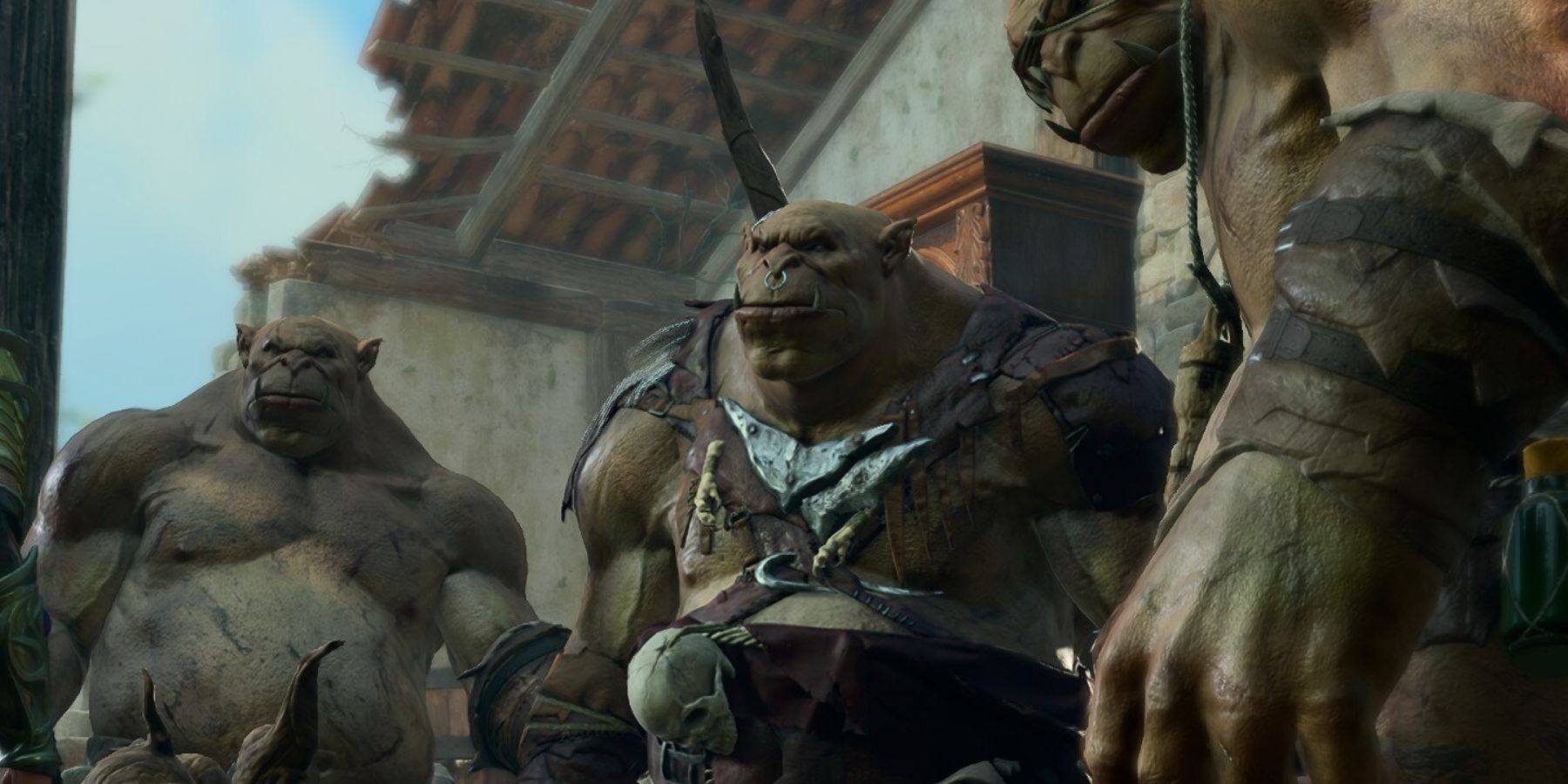
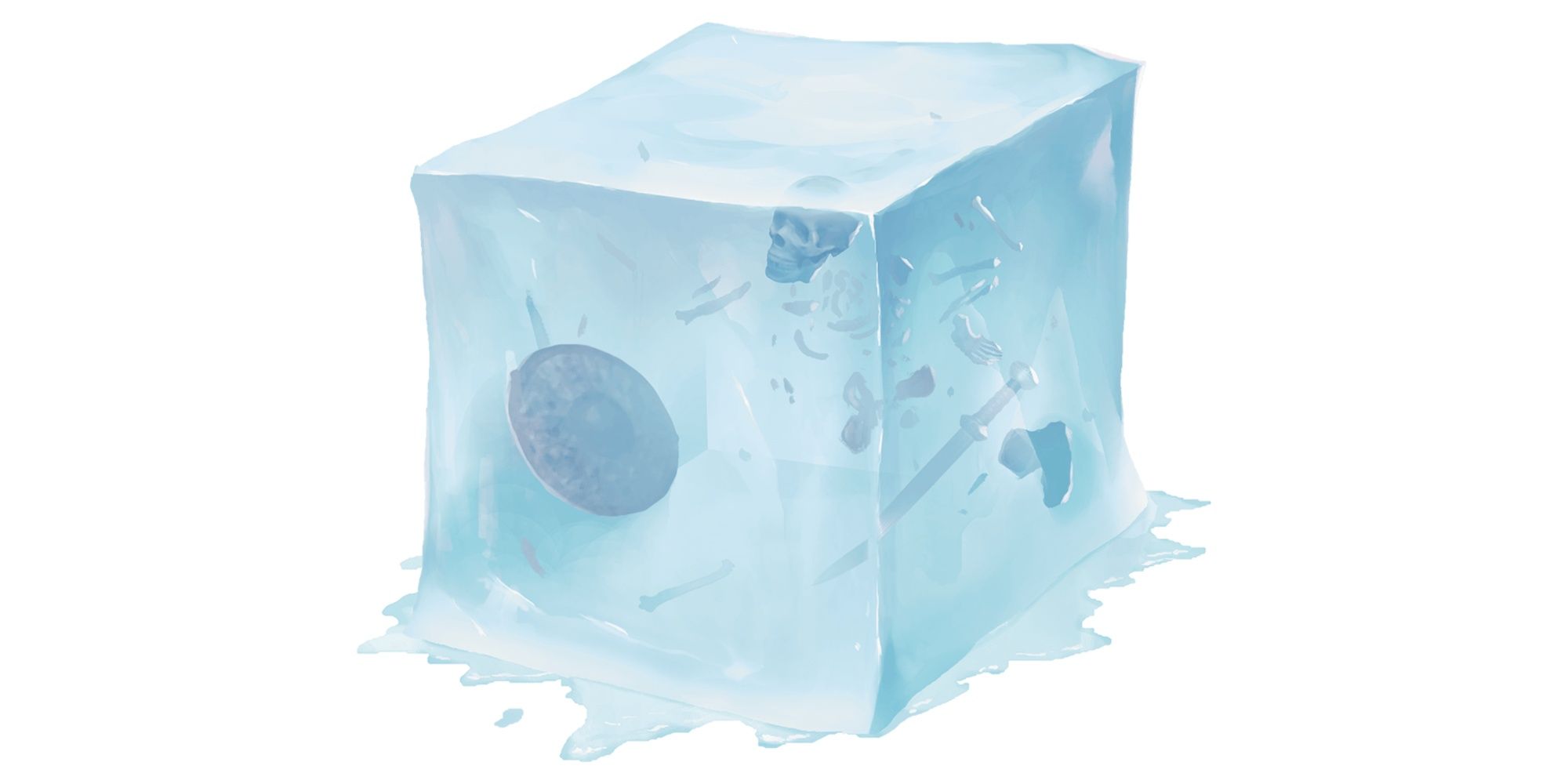
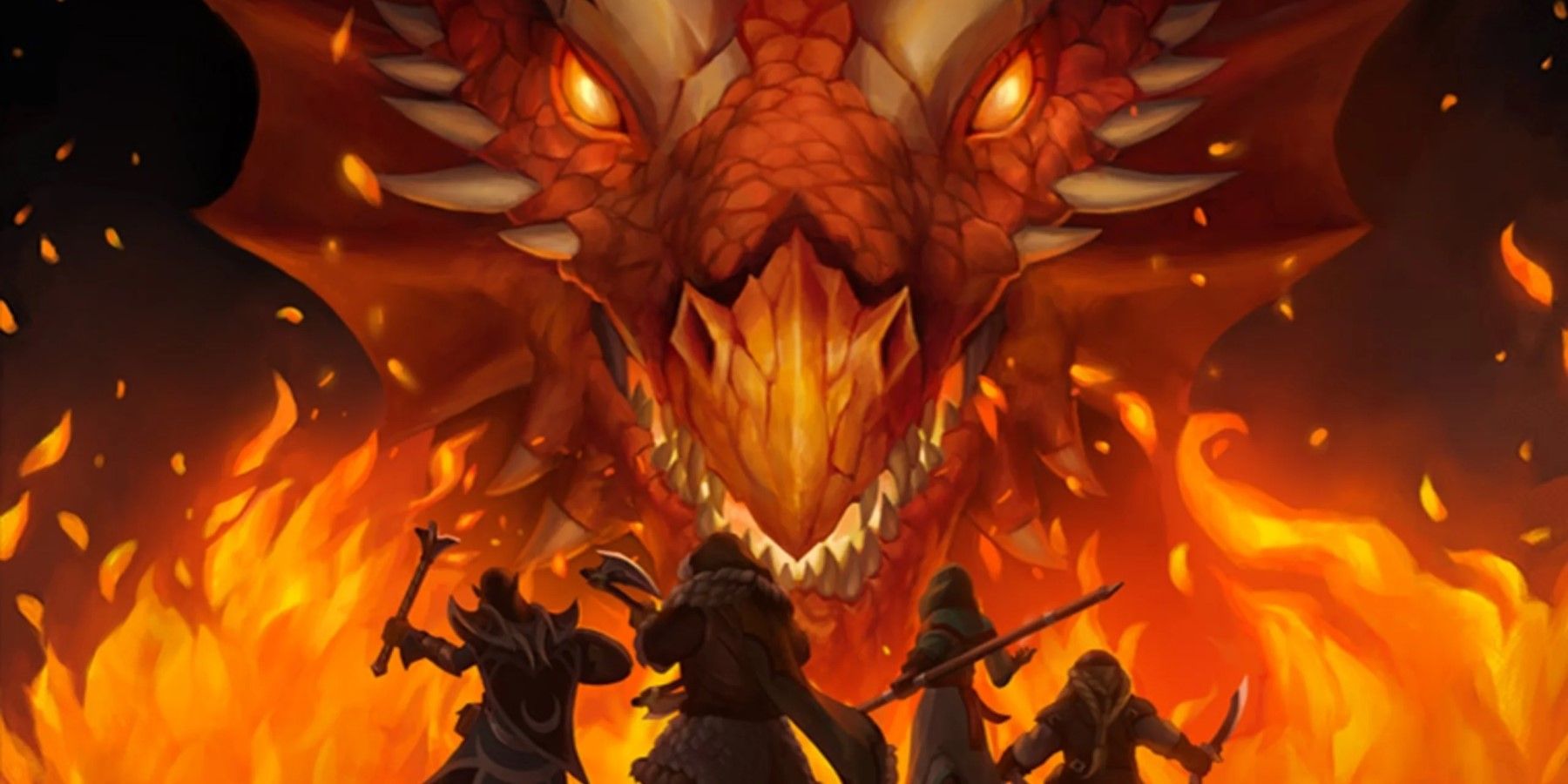
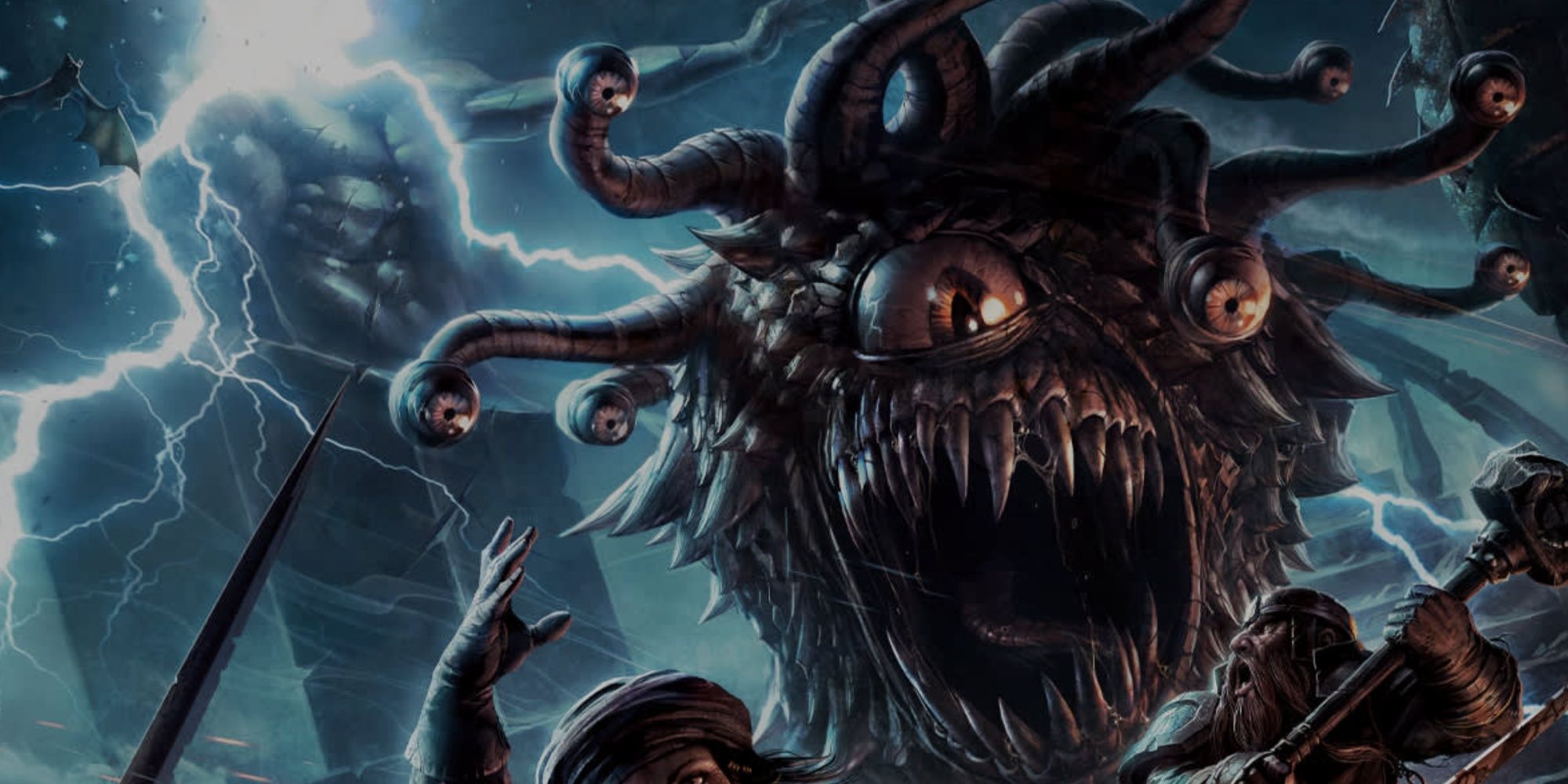
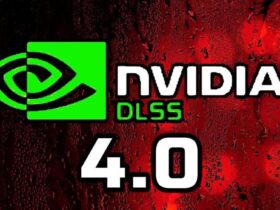



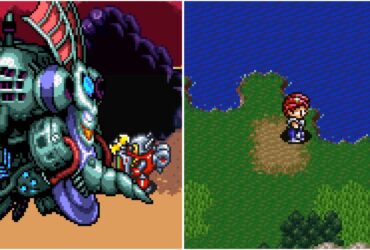
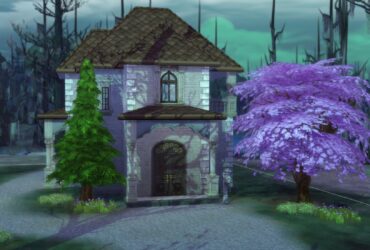
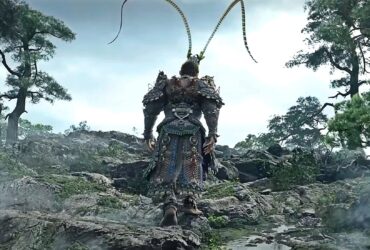

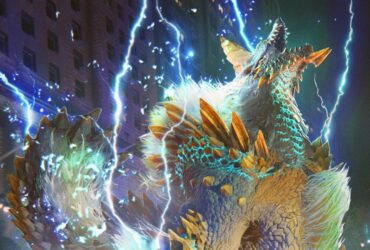
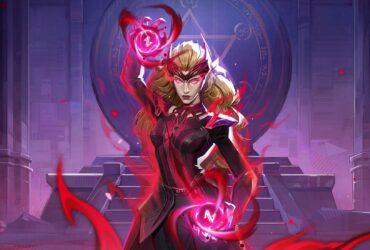
Leave a Reply